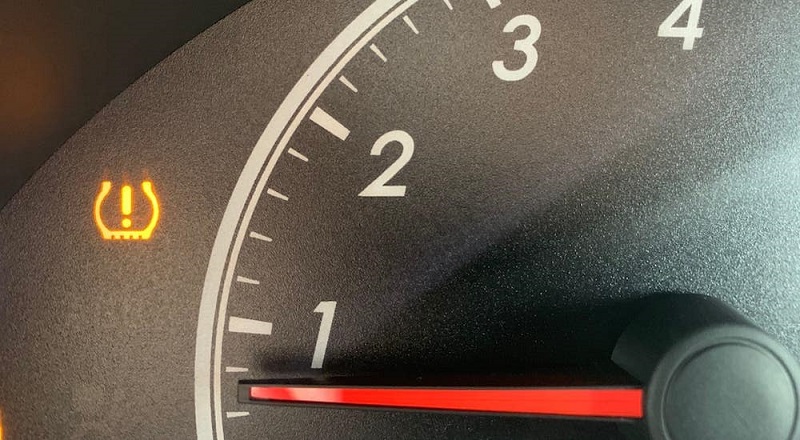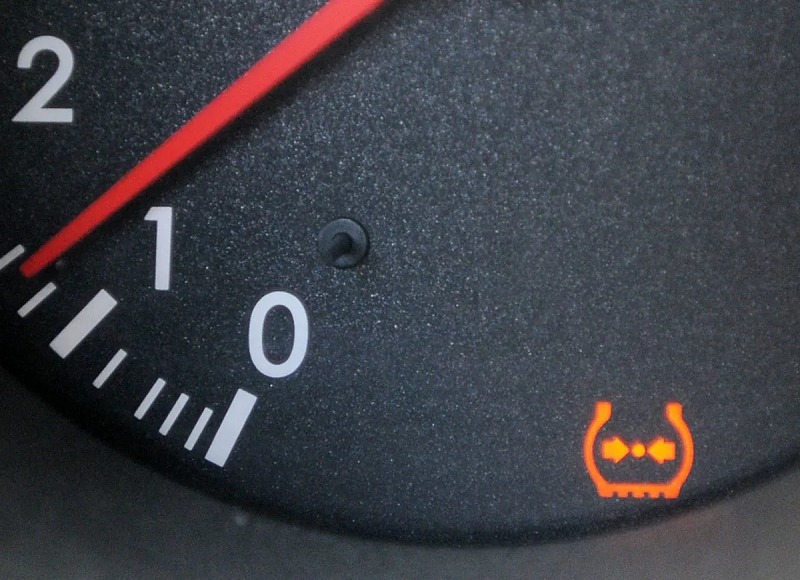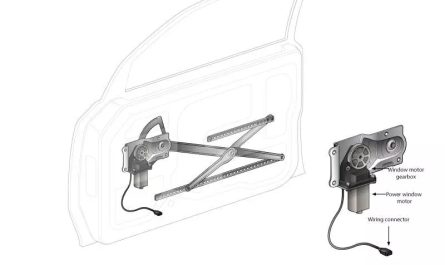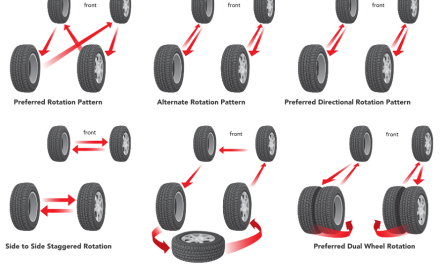Introduction:
A Tire Pressure Light that flashes is a warning sign that something might be wrong with one or more of the tires on your car. This light, which is usually a component of your car’s tire pressure monitoring system (TPMS), is meant to notify you when the air pressure in your tires drops below the optimal level or if there is an issue with the Tire Pressure Light itself. Disregarding this alert may result in decreased vehicle efficiency, elevated tire degradation, and possibly hazardous driving circumstances. For safe and effective driving, the problem must be quickly resolved by monitoring tire pressure and making sure the equipment is maintained properly.

Read more: 2024 Ford Ranger: Design Styling And Price
Why is my tire pressure light blinking:
The tire pressure monitoring system (TPMS) in your car is most likely having issues if your tire pressure signal is blinking. Here are a few typical explanations for why this might be occurring:
Low Tire Pressure: The most frequent cause of a blinking light is one or more tires that are noticeably underinflated.
TPMS Malfunction: A malfunctioning sensor or a wiring issue could be the cause of the Tire Pressure Light problem.
Temperature Changes: Your tires’ air may constrict due to a fast drop in temperature, which would lower tire pressure and turn on the light.
Tire Damage: The light blinking can also be caused by a puncture or other damage to the tire.
Battery Issues: The TPMS sensors in the tires have batteries that can wear out over time, leading to malfunctions.
Start by examining and changing your tire pressure to the required levels in order to fix the problem. It’s a good idea to have your TPMS checked by a professional to be sure there are no underlying issues if the light blinks even after the pressure is adjusted.
Tire pressure monitoring system light flashing:
Rather than just indicating low tire pressure, a flashing tire pressure monitoring system (TPMS) indicator usually indicates an issue with the system itself. The TPMS could not be operating properly, as indicated by this flashing light. The following are some typical causes of a flashing Tire Pressure light:
Faulty TPMS Sensors: There’s a chance that the tire pressure sensors inside are broken or have dead batteries.
System Calibration Issues: Particularly if the tires have just been rotated or replaced, the Tire Pressure Light may need to be recalibrated or reset.
Wiring or Electrical Problems: Something can be wrong with the connections or wiring that go with the Tire Pressure Light.
TPMS System Malfunction: The cause can be a more significant problem with the Tire Pressure Light control unit itself.
To identify and resolve the issue, it’s critical to have your car inspected by a specialist if your Tire Pressure Light indicator is flashing. Ignoring it could result in potentially dangerous situations and erroneous pressure measurements.
Read more: 2025 Honda Civic Type r Specs And Review
Flashing tire pressure light Toyota:
In most cases, low tire pressure is not the cause of a flashing tire pressure indicator on your Toyota; instead, it suggests an issue with the tire pressure monitoring system (TPMS). This is what could be the source of the problem:
TPMS Sensor Issue: It’s possible that one or more of the tires’ Tire Pressure Light sensors are broken or have a low battery.
System Malfunction: There can be a flaw in the Tire Pressure Light itself, like an issue with the wiring or control module.
Calibration Needed: Particularly if the tires have just been rotated or replaced, the system might require recalibration or resetting.
Temperature Fluctuations: Significant temperature variations can have an impact on tire pressure and, if something is wrong with the system, may cause a warning.
Make sure the tire pressures are at the prescribed levels before attempting to fix the flashing light. To identify and fix the Tire Pressure Light problem, it’s best to get your Toyota inspected by a professional if the light doesn’t go away after the pressures are adjusted or if you’re not sure.

What we do if TPMS indicates a fault:
To fix the problem when the tire pressure monitoring system (TPMS) light flashes and signals a malfunction, take the following actions:
Check Tire Pressure: Make sure each tire is inflated to the specified levels. In certain cases, if tire pressure is noticeably low or uneven, the TPMS indicator may flash.
Inspect the Tires: Examine your tires for any obvious damage or punctures that could be lowering the pressure.
Reset the TPMS: Numerous cars, notably Toyotas, come equipped with a Tire Pressure Light reset button. To find this button and learn how to reset the system, consult the owner’s manual for your car.
Drive the Vehicle: Drive the car for a few minutes after resetting the system and monitoring the pressures. This enables the TPMS to readjust and, if the problem was transient, could fix the flashing light.
Check for TPMS Sensor Issues: If the light keeps flashing, one or more TPMS sensors may be malfunctioning. Sensors may have low battery levels or malfunction.
Inspect Wiring and Connections: Verify that the TPMS’s connections and wires are undamaged and in good condition.
Consult a Professional: It is imperative that you have your car inspected by a professional if the light keeps flashing after following these instructions. Any TPMS errors can be found and fixed by a technician using a diagnostic.It’s critical to take immediate action when a flashing TPMS light appears because doing so may compromise your safety.
Conclusion:
In summary, a flashing tire pressure monitoring system (Tire Pressure Light) light is an important warning signal that denotes a malfunction in the system as opposed to simply low tire pressure. The first things to do are to check and adjust tire pressure, reset the TPMS if necessary, and look for any obvious problems. If none of these fixes work, it’s imperative that you have a professional evaluate your car in order to identify and fix any issues with the TPMS sensors or system. Dealing with the problem as soon as possible guarantees your safety and the correct operation of your car.


